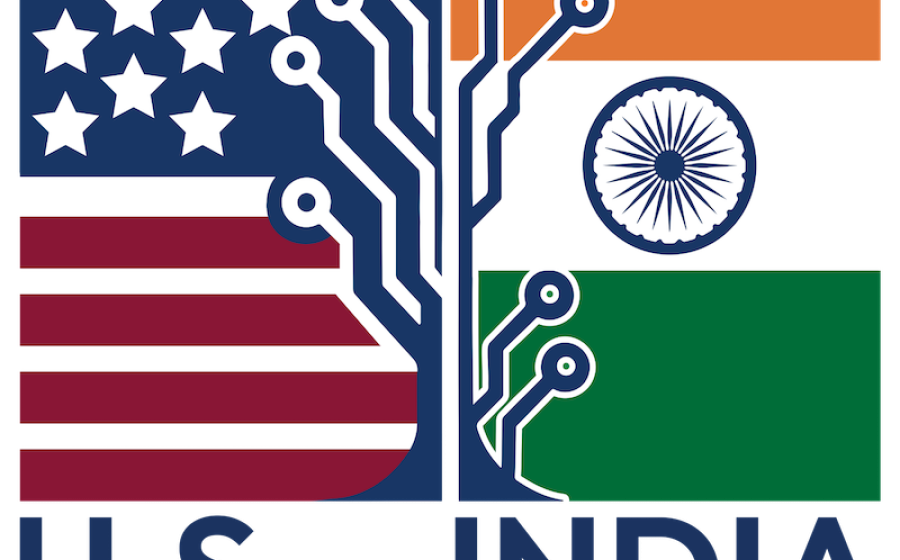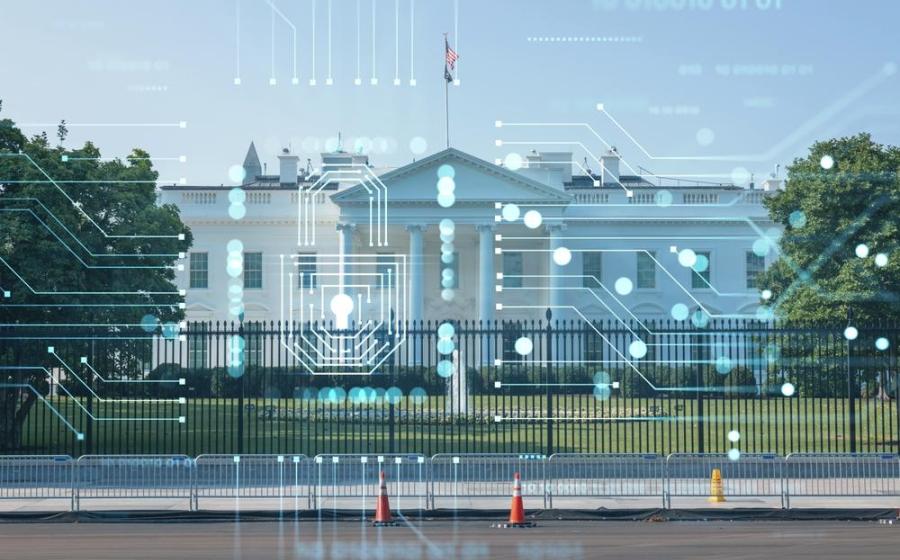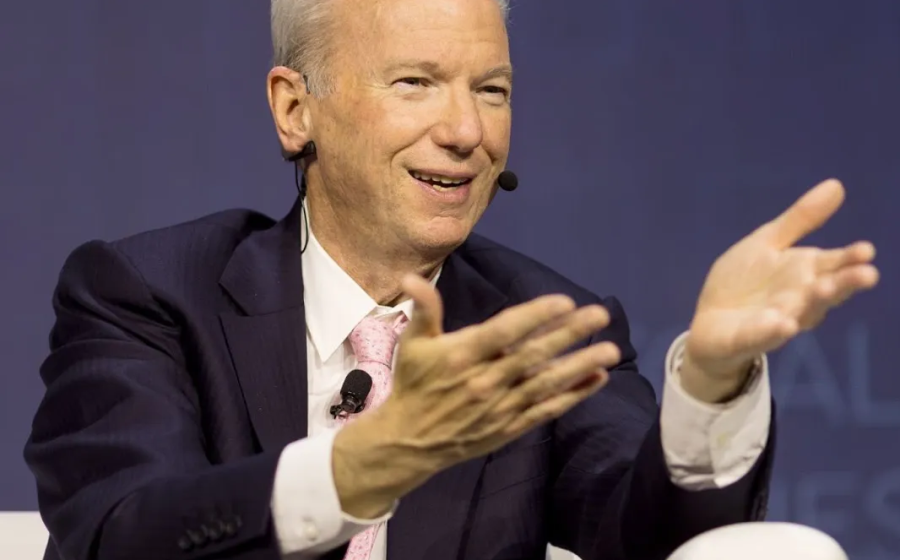AI’s Evolving Role in Space Strategy
(NewsUSA) - Artificial intelligence is poised to be a game-changer in managing the increasingly congested and potentially contested domain of space, from Earth’s orbit to the Moon and beyond, according to a new podcast from the Special Competitive Studies Project (SCSP), a nonprofit and nonpartisan initiative with a goal of making recommendations to strengthen America's long-term competitiveness in AI.
- Artificial intelligence is poised to be a game-changer in managing the increasingly congested and potentially contested domain of space, from Earth’s orbit to the Moon and beyond, according to a new podcast from the Special Competitive Studies Project (SCSP), a nonprofit and nonpartisan initiative with a goal of making recommendations to strengthen America's long-term competitiveness in AI.
At the recent AI + Space Summit hosted by SCSP, General Jay Raymond (U.S. Space Force, Ret.) joined SCSP’s NatSecTech podcast host Jeanne Meserve to discuss the future of space as a warfighting domain. They explore how AI can improve space traffic management, surveillance, acquisition, and data fusion; the growing role of commercial partnerships; and the need for stronger norms, faster capabilities, and a technically skilled workforce.
Many Eyes in the Sky
Launching satellites or anything else is becoming more complicated because of the volume of objects in the Earth’s orbit, said Gen. Raymond. “You have to make sure you don’t launch something into something else,” he noted. The increased number of satellites and other objects have made the world a more transparent place, as a lot of the current objects in space are intelligence surveillance reconnaissance satellites, he added.
In some cases, objects that appear to be space debris have been identified as something else because they maneuver in a defined way, Gen. Raymond said. Ideally, AI could be used to track debris and determine whether it is maneuvering, he said. The vast majority of people currently experience space through data or observations, said Gen. Raymond. Harnessing that data and applying AI to it can facilitate problem solving by speeding up analysis, he said.
Implications of AI
One of the greatest risks associated with AI and space is that adversaries of the United States will get ahead of us and use technology to their advantage, Gen. Raymond said. Although the original stated goal of the U.S. Space Force remains one of deterrence, it is important to improve AI literacy and stay aware of the potential need to be prepared to fight, if necessary, while working to maintain stability, he added. However, deterrence related to space may occur in other domains, he noted. “If someone did something in space, you wouldn’t have to respond in space,” he said. The concept of integrated deterrence involves multiple domains and capabilities in partnership with allies, Gen. Raymond emphasized.
Visit scsp.ai to learn more about the SCSP’s AI + Space Summit and other ways in which AI is driving space industries.



 - Emerging sophisticated artificial intelligence (AI) is poised to drive the most profound changes to the world of spy craft since the advent of the internet, according to experts at the Special Competitive Studies Project (SCSP), a nonprofit and nonpartisan initiative with a goal of making recommendations to strengthen America's long-term competitiveness in AI.
- Emerging sophisticated artificial intelligence (AI) is poised to drive the most profound changes to the world of spy craft since the advent of the internet, according to experts at the Special Competitive Studies Project (SCSP), a nonprofit and nonpartisan initiative with a goal of making recommendations to strengthen America's long-term competitiveness in AI.
 - The United States and India sit front and center in the global emerging technology competition, and a recent meeting have sparked promising collaboration.
- The United States and India sit front and center in the global emerging technology competition, and a recent meeting have sparked promising collaboration.
 - Until now, one of the most widely used Internet of Things (IoT) networks has operated quietly behind the scenes, powering smart cities, tracking shipments, and protecting public spaces. For years, it has connected the world around us and now, the same technology that powers smart cities is starting to enter your home.
- Until now, one of the most widely used Internet of Things (IoT) networks has operated quietly behind the scenes, powering smart cities, tracking shipments, and protecting public spaces. For years, it has connected the world around us and now, the same technology that powers smart cities is starting to enter your home.
 - As autonomous vehicles (AV) continue to evolve, consumers may be on the cusp of a new age of autonomous mobility, according to experts at the Special Competitive Studies Project (SCSP), a nonprofit and nonpartisan initiative with a goal of making recommendations to strengthen America's long-term competitiveness in AI.
- As autonomous vehicles (AV) continue to evolve, consumers may be on the cusp of a new age of autonomous mobility, according to experts at the Special Competitive Studies Project (SCSP), a nonprofit and nonpartisan initiative with a goal of making recommendations to strengthen America's long-term competitiveness in AI.
 - Obscure lawsuits don’t just hurt corporations—they can hit consumers’ wallets and limit their choices.
- Obscure lawsuits don’t just hurt corporations—they can hit consumers’ wallets and limit their choices.
 - The federal government’s release of America’s AI Action Plan marks the most consequential artificial intelligence policy development of the current administration to date, according to experts at the Special Competitive Studies Project (SCSP), a nonprofit and nonpartisan initiative with a goal of making recommendations to strengthen America's long-term competitiveness in AI.
- The federal government’s release of America’s AI Action Plan marks the most consequential artificial intelligence policy development of the current administration to date, according to experts at the Special Competitive Studies Project (SCSP), a nonprofit and nonpartisan initiative with a goal of making recommendations to strengthen America's long-term competitiveness in AI.
 - Commercial auto insurance and fleet safety are meeting the demands of modern-day risk management by analyzing telematics, but more work is needed to optimize this information and put it into action in the industry, according to results of a new report from SambaSafety, the leading provider of cloud-based driver risk management solutions.
- Commercial auto insurance and fleet safety are meeting the demands of modern-day risk management by analyzing telematics, but more work is needed to optimize this information and put it into action in the industry, according to results of a new report from SambaSafety, the leading provider of cloud-based driver risk management solutions. - From safer football helmets to groundbreaking laws that protect inventors, this year’s Intellectual Property Owners Education Foundation (IPOEF) award winners prove that one idea, when protected, can change everything.
- From safer football helmets to groundbreaking laws that protect inventors, this year’s Intellectual Property Owners Education Foundation (IPOEF) award winners prove that one idea, when protected, can change everything.
 - The evolution and impact of AI, especially with respect to national security, is poorly understood, but the explosion of knowledge is unprecedented, according to Dr. Eric Schmidt, chair of the Special Competitive Studies Project (SCSP).
- The evolution and impact of AI, especially with respect to national security, is poorly understood, but the explosion of knowledge is unprecedented, according to Dr. Eric Schmidt, chair of the Special Competitive Studies Project (SCSP).


